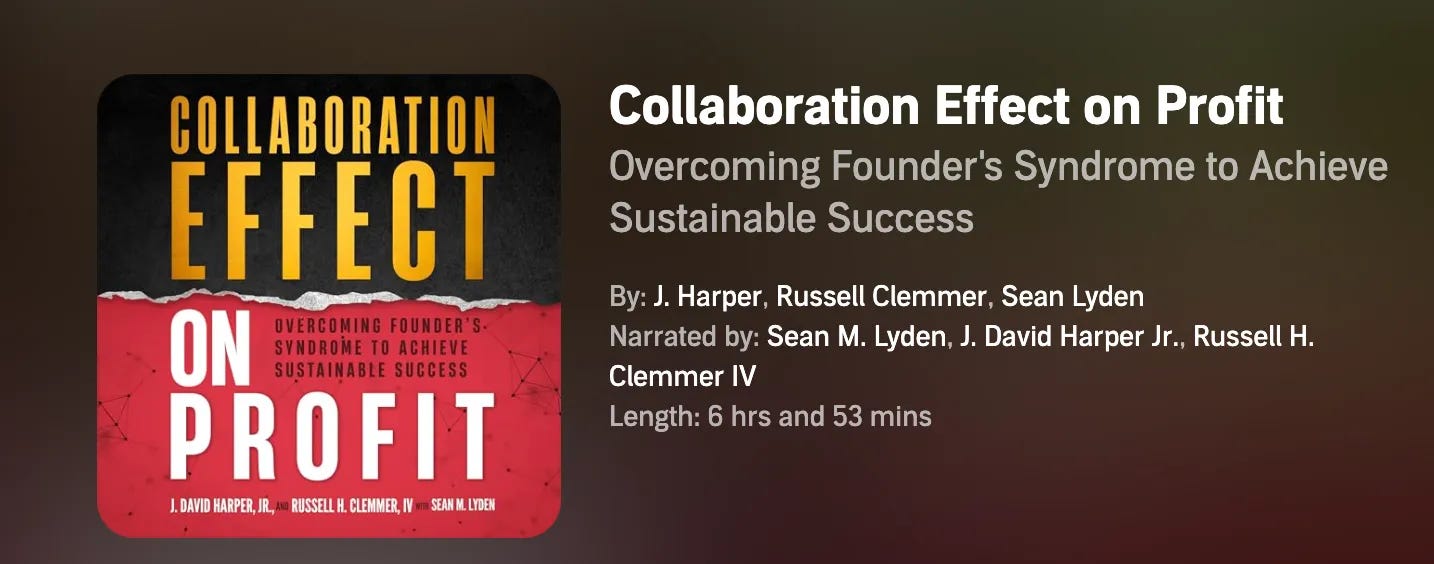Today’s episode is for you if you’re experiencing these problems:
You’re struggling to improve your close rate.
Prospects say they’re “ready to move forward,” but disappear after you send a proposal.
You feel awkward talking about budget or next steps because you don’t want to sound pushy.
New to Systematic Selling?
Subscribe Free
Get bite-sized, high-impact sales systems training delivered to your inbox. Start applying proven strategies in your next sales conversation.
Upgrade to PRO
Go beyond the basics with full access to the entire Systematic Selling archive, plus exclusive PRO-only content you can’t get anywhere else. All for less than a Venti Latte ☕️ ($8/month).
Your next big sales win could be one strategy away.👇
Have you ever experienced this scenario?
You get a hot prospect. All the signals are green. They’re excited. They tell you they’re ready to move forward. So you spend time crafting a detailed proposal, hit send, and then…
Crickets.
You follow up once. Twice. Ten times. Still nothing.
Why do prospects ghost you? And what can you do about it?
In this episode from a recent talk I delivered for the East Orlando Chamber’s Merchant Monday at Trustco Bank Lake Nona, I break down four techniques to help you get ghosted less and close more.
1. The Budget Pre-Sale
We’ve all been there. You spend hours crafting the perfect proposal, send it off with confidence… and then radio silence.
Often, the reason is simple: sticker shock.
That’s why I bring up pricing early — but not by asking, “What’s your budget?” Because nine times out of ten, the prospect doesn’t know or won’t tell you.
Instead, I set a realistic range to start the conversation.
“For a project like this, the investment is typically between $5,000 and $7,000. Does that fit what you were expecting to invest?”
Notice the keyword there: investment.
“Investment” positions the conversation around value, not cost.
From there, one of two things happens: either they confirm the range feels right, or they reveal new information — maybe a competitor’s quote or an internal budget cap. Either way, I’ve turned a guessing game into a real conversation.
And if their number is far below my range? Great. I’ve just saved us both time by confirming we’re not a fit right now.
The Budget Pre-Sale eliminates surprises later and ensures both parties are aligned before moving forward.
2. The Scope Review Call
As much as you can make this happen, the written proposal should formalize what’s already been agreed upon verbally.
That means the first time a client sees your full scope and investment shouldn’t be in an email attachment.
My clients in the service trades call this the Scope Review Call. It’s a brief call where they walk through the scope and investment together with the customer, before the proposal is ever sent.
During that conversation, they confirm that the deliverables, timeline, and investment align with their expectations. And if adjustments are needed, they make them live, in real time.
By the end, the client feels like a co-author of the plan. They have ownership. They’re not waiting to “see what the price will be.” They already know.
3. The Clear Close
Here’s a confession: early in my sales career, I ended too many emails with the line, “Let me know if you have any questions.”
Sound familiar?
It feels polite, but it’s vague. And ambiguity kills momentum.
Now, I make sure every proposal includes a clear next step — spelled out in plain language.
Instead of “proposal,” I call it a “Game Plan Recap.” It reminds the buyer that we’ve already agreed on most of the plan — we’re simply confirming it.
Then I write something like this:
“Attached is your Game Plan Recap. If everything looks good, reply ‘approved,’ and I’ll send the invoice for your initial session. Once payment is received, we’ll get started right away based on the scope we discussed.”
There’s no confusion about what happens next.
And I always include a pressure-free “out”:
“If anything here doesn’t match what we talked about, let me know and we’ll make adjustments.”
This builds trust and keeps communication open.
4. The L-A-P Method for Clarifying Objections
Most sales trainers call it “overcoming objections.”
I prefer to clarify them. Because when you try to overcome something, it becomes adversarial. But when you clarify, it becomes collaborative.
That’s the heart of the L-A-P Method — Label, Ask, Propose.
Let’s say a client says, “I need to think about it.”
Here’s how you can respond:
Label: “It sounds like you’re not 100% sure this is the right step right now.”
(This shows empathy and lowers their defenses.)Ask: “Is there something specific you’re unsure about — the investment, timing, or something else?”
(Now you’re isolating the real issue.)Propose: “Would it make sense if we looked at a few ways to spread that investment over time?”
(You’re helping them solve, not pushing them to decide.)
This method turns objections into conversations that deepen trust.
Why This Works
When I teach these techniques to clients, they often ask, “Sean, doesn’t this slow down the sales process?”
And I tell them: it does — in the best way possible.
Fast sales often equal bad sales. When you slow down early, you speed up later. You reduce ghosting, avoid price resistance, and close stronger deals with clients who are truly aligned.
Final Thought: Sales Is Alignment, Not Pressure
At Systematic Selling, our credo is simple:
Sales is not about convincing people to buy. It’s about finding or creating alignment between the customer’s problem and your solution.
When you focus on alignment, you don’t need gimmicks or high-pressure tactics. You simply guide people toward clarity.
And that’s how you crush your close rate…systematically.
Not already a Systematic Selling Subscriber?
Systematic Selling Newsletter is a reader-supported publication. To receive new posts and support my work, consider becoming a free or PRO subscriber.
PS: Our Book is Now on Audible👇
This book is for you if you want to scale your business but keep finding yourself getting in the way.











